10 Indicators That It’s Time for a New Website
Your website is the digital face of your business. It’s often the first point of contact between you and your potential customers, making it one of the most critical elements of your online presence. However, like any other business tool, websites can become outdated or ineffective over time. If your site is underperforming or failing to meet your business goals, it might be time to consider a redesign or a complete overhaul. Here are 10 indicators that it’s time for a new website.
1. Outdated Design and User Experience
Design trends evolve rapidly, and what looked modern and professional a few years ago may now seem dated. If your website’s design feels old-fashioned, it could negatively impact your brand perception.
Aesthetics: Websites with cluttered layouts, outdated fonts, or color schemes that are no longer in style can turn visitors away. Modern design trends favor simplicity, clean lines, and a user-friendly experience.
User Experience (UX): If navigating your site feels like a chore—whether due to complex menus, broken links, or a confusing layout—it’s a clear sign that your website needs a redesign. A poor UX not only frustrates users but also drives them to competitors with more user-friendly sites.
2. Poor Mobile Responsiveness
With the majority of internet traffic now coming from mobile devices, having a mobile-responsive website is non-negotiable.
Mobile Compatibility: If your website doesn’t automatically adjust to fit different screen sizes or if users need to pinch and zoom to read content, it’s time for an update. A mobile-responsive design ensures that your site is accessible and functional on smartphones and tablets.
Google Rankings: Google prioritizes mobile-friendly websites in its search results. A site that doesn’t perform well on mobile can lead to lower rankings and decreased visibility.
3. Slow Loading Times
In today’s fast-paced world, users expect websites to load quickly. If your site takes more than a few seconds to load, you’re likely losing visitors and potential customers.
Bounce Rate: Slow loading times lead to high bounce rates, as users are more likely to abandon a site that doesn’t load quickly. This not only affects user experience but also harms your SEO efforts.
Performance Optimization: An outdated website may be bogged down by heavy images, unoptimized code, or outdated plugins. A new website built with performance in mind can significantly improve load times.
4. Difficult Content Management
If updating your website’s content feels like a cumbersome process, it’s a sign that your content management system (CMS) is outdated or not user-friendly.
Ease of Use: Modern CMS platforms like WordPress, Shopify, or Squarespace offer intuitive interfaces that make it easy to update content, add new pages, and manage media without needing extensive technical knowledge.
Content Strategy: If your current CMS doesn’t support your content strategy—whether that’s blogging, video content, or ecommerce—it’s time for a change. A new website with a modern CMS can make content management more efficient and align with your marketing goals.
5. Declining Search Engine Rankings
If your website’s search engine rankings have been steadily declining, it might be due to outdated SEO practices or poor site performance.
SEO Optimization: Search engine algorithms are constantly evolving, and what worked for SEO a few years ago may no longer be effective. A new website designed with modern SEO best practices can help improve your search rankings and attract more organic traffic.
Content Structure: Search engines favor websites with clear, well-structured content. If your site is difficult for search engines to crawl or if the content is not optimized, it’s time for a redesign.
6. High Bounce Rates and Low Engagement
If visitors are leaving your site without engaging—whether that’s by clicking through pages, signing up for a newsletter, or making a purchase—it’s a strong indicator that your website isn’t meeting their needs.
Analytics Insights: High bounce rates, low time on site, and minimal interaction with key pages are all red flags. These metrics suggest that users aren’t finding what they’re looking for, which could be due to poor design, irrelevant content, or confusing navigation.
User Engagement: A new website can be designed with engagement in mind, incorporating elements like clear calls-to-action, interactive features, and streamlined navigation that encourage users to stay and interact.
7. Outdated Technology and Security Risks
If your website is running on outdated technology, it not only affects performance but also exposes your site to security vulnerabilities.
Software Updates: Websites built on older platforms or using outdated plugins can be difficult to update, leading to potential security risks. A new website with up-to-date technology ensures better performance and stronger security.
Compliance and Data Protection: With increasing regulations around data protection (like GDPR), it’s important that your website complies with current legal standards. An outdated site may not meet these requirements, putting your business at risk.
8. Your Business Has Outgrown Your Website
As your business grows and evolves, your website should grow with it. If your current website no longer reflects your brand, offerings, or market position, it’s time for an upgrade.
Brand Alignment: If you’ve rebranded, expanded your services, or shifted your target market, your website needs to reflect these changes. A mismatch between your website and your current brand can confuse customers and dilute your brand message.
Scalability: A new website built with scalability in mind can grow with your business, accommodating new features, content, and traffic as needed.
9. Lack of Integration with Modern Tools
A modern website should integrate seamlessly with the tools and platforms you use for marketing, sales, and customer service.
Third-Party Integrations: If your current site doesn’t integrate with essential tools like CRM systems, email marketing platforms, or analytics tools, it’s time for a new website. Seamless integration helps streamline operations and provides a better user experience.
Automation: Modern websites can automate many tasks, from lead generation to customer support. If your website lacks these capabilities, upgrading can save time and improve efficiency.
10. Your Competitors Have Better Websites
If your competitors’ websites look and perform better than yours, it’s a clear sign that you’re falling behind in the digital landscape.
Competitive Edge: A modern, well-designed website can give you a competitive advantage. If your competitors are attracting more traffic, generating more leads, or providing a better user experience, it’s time to catch up.
Industry Standards: Staying ahead of industry trends is crucial. If your website doesn’t meet the current standards in your industry, you risk losing credibility and market share.
Your website is a vital component of your business’s online presence, and it needs to keep up with changing trends, technology, and user expectations. If you’ve noticed any of these indicators, it’s likely time to invest in a new website. A well-designed, modern website can enhance your brand image, improve user experience, boost your search engine rankings, and ultimately drive more business success. Don’t wait until your site becomes a liability—take proactive steps to ensure it continues to support your business goals effectively.




